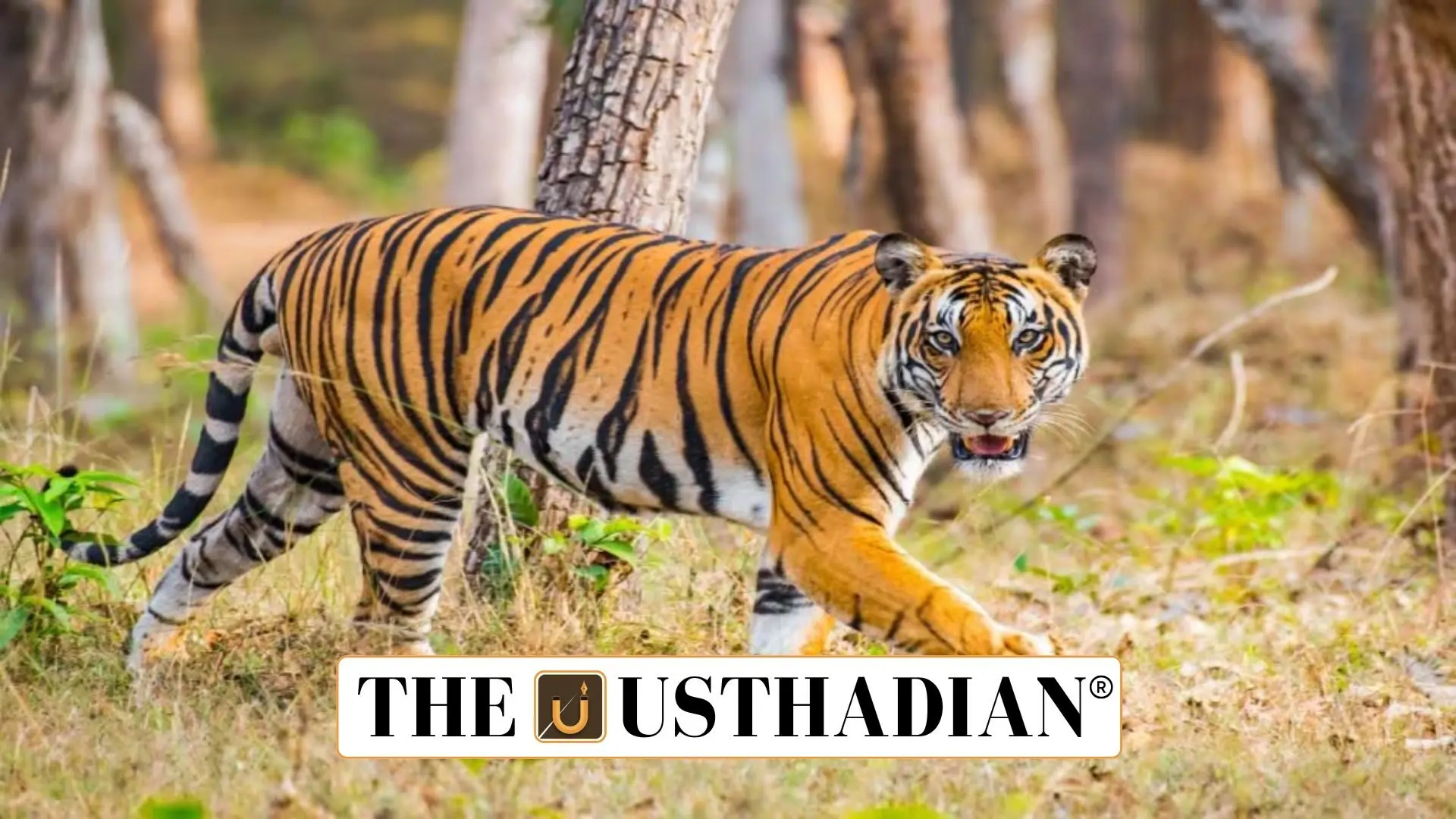Living in Harmony: Soligas and Tigers at BRT
Soliga Tribe’s Contribution to Tiger Protection at BRT Reserve Gains National Recognition: The Soliga tribal community, native to the Biligirirangana Hills (BRT) Tiger Reserve in Karnataka, has emerged as a shining example of community-based wildlife conservation. With a heritage rooted in forest traditions, the Soligas have helped increase the local tiger population from just 8–10 to nearly 50 over recent years. On February 23, 2025, Prime Minister Narendra Modi acknowledged their efforts in the ‘Mann Ki Baat’ broadcast, highlighting the tribe’s peaceful coexistence with tigers and their minimal human-wildlife conflict.
Legal Recognition of Forest Rights
A landmark moment occurred in 2011 when the Soligas became the first tribal group in India to be granted forest land rights within a tiger reserve under the Forest Rights Act. This decision reversed earlier restrictions that had limited their access to ancestral lands. With formal rights, the community was able to collect non-timber forest produce (NTFP), engage in sustainable forest management, and actively support tiger habitat protection by helping monitor poaching and illegal logging activities.
Redefining Conservation through Indigenous Knowledge
Unlike traditional models of conservation that often remove native forest dwellers, the Soliga experience has proven that tribal involvement enhances ecosystem protection. Their daily interaction with the forest acts as a natural surveillance network, discouraging illegal activities and maintaining ecological balance. The Soligas preserve their customs while aiding conservation, illustrating that indigenous stewardship can be both culturally respectful and ecologically impactful.
Lessons for Broader Wildlife Strategies
The transformation at the BRT Tiger Reserve offers a template for inclusive conservation across India. Environmentalists now advocate replicating such approaches, urging that tribal wisdom be combined with scientific tools for wildlife monitoring and forest restoration. The Soliga model demonstrates how recognizing tribal rights can lead to effective conservation, local empowerment, and a sustainable future for both people and wildlife.
Static GK Snapshot
| Topic | Fact |
| Tribe Name | Soliga Tribe |
| State | Karnataka |
| Tiger Reserve Name | Biligirirangana Hills (BRT), Chamarajanagar District |
| Year Forest Rights Granted | 2011 |
| Approximate Tribe Population | 40,000 |
| Tiger Population (2025) | Increased from 8–10 to nearly 50 |
| National Recognition Date | February 23, 2025 (via PM Modi’s ‘Mann Ki Baat’) |
| Historic Significance | First tribal group granted forest rights inside a tiger reserve |








